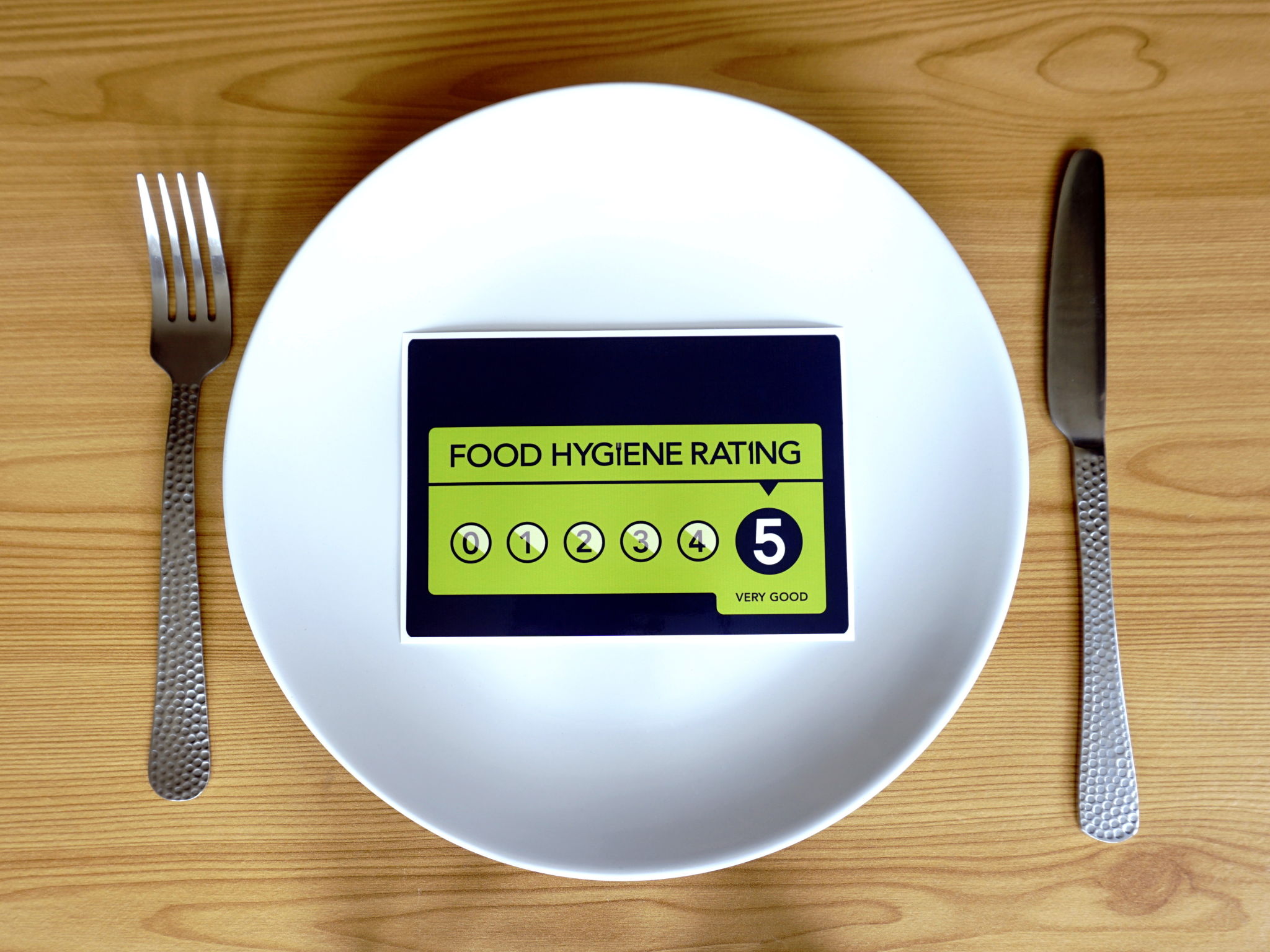Understanding FDA and USDA Regulations: A Comprehensive Guide
Introduction to FDA and USDA Regulations
When it comes to food safety and quality in the United States, understanding the regulations set forth by the Food and Drug Administration (FDA) and the United States Department of Agriculture (USDA) is crucial. These agencies play vital roles in ensuring that the food we consume is safe, wholesome, and accurately labeled.
The FDA oversees the safety of approximately 80% of the food supply, which includes dairy, seafood, produce, and packaged foods. Meanwhile, the USDA regulates meat, poultry, and egg products. Both agencies have unique roles but often collaborate to ensure comprehensive oversight of food safety.

FDA Regulations Overview
The FDA's primary goal is to protect public health by ensuring the safety and efficacy of human and veterinary drugs, biological products, and medical devices. When it comes to food, the FDA is responsible for enforcing laws that ensure food products are safe to consume.
Key Responsibilities
The FDA’s responsibilities include:
- Regulating food labeling to ensure consumers have accurate information.
- Overseeing food additives and ensuring they are safe for consumption.
- Conducting inspections of food manufacturing facilities.
- Implementing the Food Safety Modernization Act (FSMA) to prevent contamination.

USDA Regulations Overview
The USDA's main focus is on regulating meat, poultry, and egg products. Their responsibilities are crucial for maintaining high standards in the production and distribution of these foods. The USDA's Food Safety and Inspection Service (FSIS) is tasked with ensuring that the nation’s commercial supply of these products is safe, wholesome, and correctly labeled.
Key Responsibilities
The USDA’s key responsibilities include:
- Inspecting slaughterhouses and processing plants daily.
- Ensuring humane treatment of animals during slaughter.
- Approving labels for meat and poultry products.
- Overseeing organic certification for agricultural products.

The Intersection of FDA and USDA
While the FDA and USDA have distinct roles, there are areas where their responsibilities overlap. For example, both agencies regulate the labeling of foods to prevent misleading claims. They also work together on initiatives to improve food safety practices across the supply chain.
An example of their collaboration is the National Residue Program for Meat, Poultry, and Egg Products, which monitors residues of veterinary drugs, pesticides, and environmental contaminants. This joint effort helps ensure that these residues remain below levels considered safe for human consumption.
Navigating Compliance
For businesses involved in the food industry, understanding and complying with both FDA and USDA regulations is essential. Non-compliance can lead to severe consequences including fines, product recalls, or even facility shutdowns. Businesses must stay informed about regulatory changes and implement robust compliance programs to mitigate risks.

Working with regulatory consultants or legal experts can be beneficial for navigating complex regulations. Additionally, participating in industry associations can provide businesses with valuable resources and updates on regulatory developments.
Conclusion
Understanding FDA and USDA regulations is fundamental for ensuring food safety and maintaining consumer trust. Both agencies play critical roles in upholding standards that protect public health. By staying informed and compliant with these regulations, businesses can contribute to a safer food supply and foster consumer confidence in their products.
